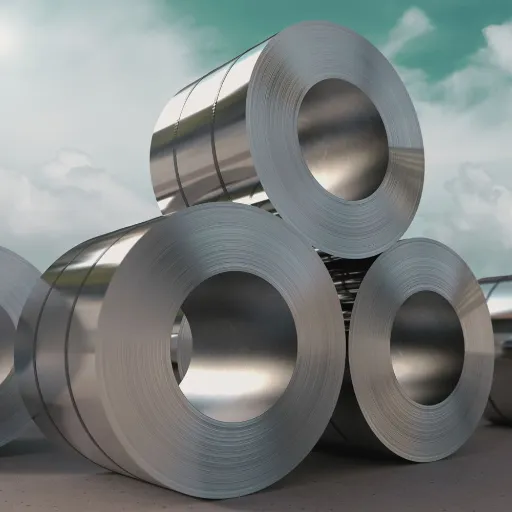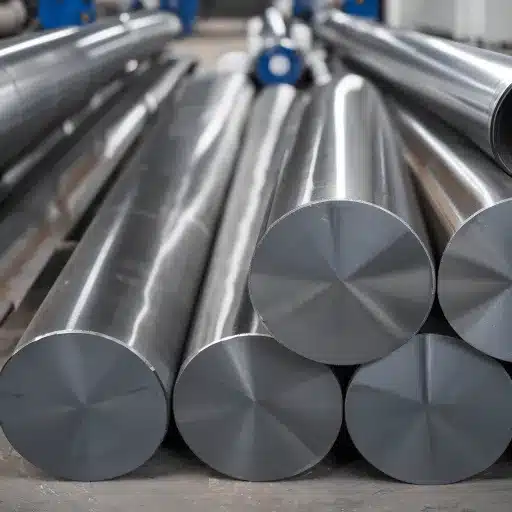Market Snapshot 2022-2030
$111 billion (2022) → $163 billion (2030)
5.5% CAGR
Introduction to the Global Stainless Steel Market

This study provides lucid insights and practical suggestions about the functioning and navigation of the dynamic stainless steel market, exploring critical factors influencing prices and the comprehensive 2025 forecast.
Importance of Stainless Steel in Global Markets
Stainless steel supports several industries worldwide due to its durability, corrosion resistance, and versatility. Industry analysis reveals significant growth potential across multiple sectors:
| Market Metric | 2022 Value | 2030 Projection | Growth Rate |
|---|---|---|---|
| Global Market Valuation | $111 billion | $155-163 billion | 4.3-5.5% CAGR |
| Recycling Rate | ~90% | Increasing | Sustainability Focus |
| China’s Production Share | 56% | Dominant | Infrastructure Driven |
| Renewable Energy Growth | Current Base | 7% annually | Green Tech Adoption |
Key Industries Driving Demand:
- Construction: Buildings, bridges, transport systems
- Automotive: Lightweight vehicle design, sustainability initiatives
- Healthcare: Medical equipment and infrastructure
- Energy: Wind turbines, solar panels, hydrogen production
- Consumer Goods: Appliances and durable products
Regional Market Dynamics
Asia-Pacific leads stainless steel production, consumption, and trade with over 50% market share:
- China: Dominant producer with 56% global production share
- India: Rapid growth driven by urbanization and Smart Cities Mission
- Europe: Focus on advanced engineering applications and green infrastructure
- North America: Infrastructure Investment and Jobs Act driving demand ($1.2 trillion investment)
Current Market Analysis & Growth Projections

Market Size and Growth Trajectory
Market Growth Drivers:
- Construction sector demand (approximately 25% of total demand)
- Automotive industry lightweight design requirements
- Rapid urbanization in developing economies
- Infrastructure development projects globally
- Sustainability initiatives and green technology adoption
Steel Price Trends Analysis
Steel prices have experienced significant fluctuations driven by multiple global factors:
| Period | Price Trend | Key Drivers | Current Status (Oct 2023) |
|---|---|---|---|
| 2020-2021 | Sharp Increase | Pandemic disruptions, supply chain issues | All-time highs reached |
| Mid-2022 onwards | Stabilization | Production normalization | Moderate levels maintained |
| 2023 | Moderate Fluctuation | Raw material costs, energy prices | $700-$800/metric ton (US hot-rolled coil) |
Price Influencing Factors:
- Raw Materials: Iron ore price surges affecting production costs
- Energy Costs: Rising electricity and natural gas prices, especially in Europe
- Geopolitical Tensions: Supply chain disruptions from Eastern European conflicts
- Policy Changes: China’s sustainability targets affecting production
- Green Steel Transition: Decarbonization initiatives impacting costs
Key Demand Drivers
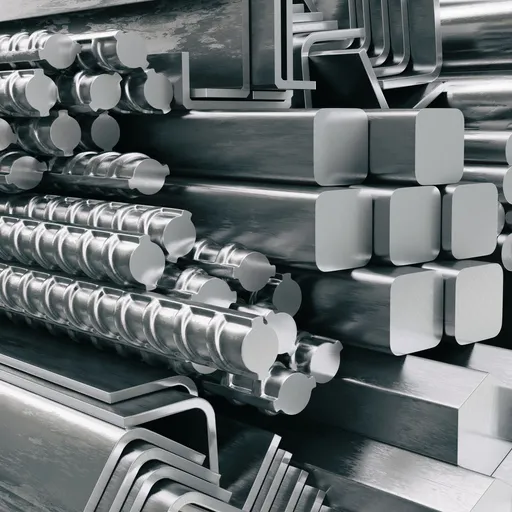
Infrastructure Development and Construction
Construction Sector Growth
5.7% CAGR (2023-2028)
4%+ annual stainless steel demand growth
Infrastructure development remains the most important driver for stainless steel demand globally. Major projects fueling growth include:
- China’s Belt and Road Initiative: Massive infrastructure development across Asia
- India’s Smart Cities Mission: Urban infrastructure modernization
- US Infrastructure Investment: $1.2 trillion for roads, bridges, water systems
- European Green Infrastructure: Renewable energy and eco-friendly construction
Technological Advancement in Steel Production
Revolutionary Production Technologies:
- Electric Arc Furnace (EAF): 30% of global production, lower CO₂ emissions
- AI and Machine Learning: 20% reduction in downtime through predictive maintenance
- Hydrogen-based Steelmaking: 95% reduction in carbon emissions potential
- Advanced High-Strength Steels (AHSS): 8.7% CAGR growth (2023-2030)
Industry Challenges and Opportunities
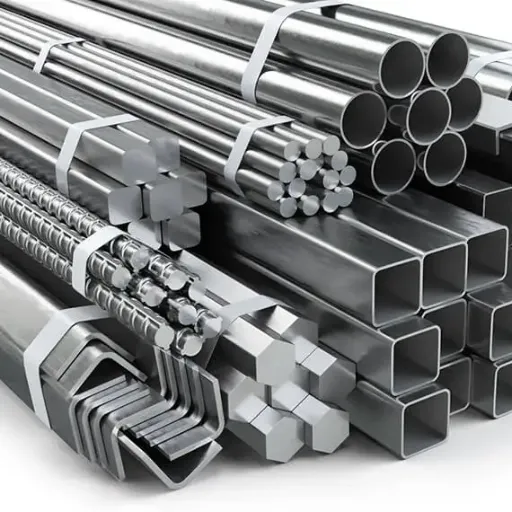
Supply Chain Challenges
| Challenge | Impact | Mitigation Strategy |
|---|---|---|
| Raw Material Shortages | Production delays, cost increases | Diversified sourcing, regional hubs |
| Energy Price Volatility | 10% EU output decline (Q1 2023) | Energy-efficient technologies |
| Geopolitical Tensions | Supply route disruptions | Alternative supply chains |
| Semiconductor Shortages | Automotive industry delays | Supply chain digitalization |
Innovation and Sustainability Opportunities
Green Steel Market Growth
12-14% CAGR (2023-2030)
€1.2 billion EU Innovation Fund allocation
The steel industry stands at a transformative crossroads with significant opportunities:
- Hydrogen Steel Production: 90% CO₂ reduction potential compared to conventional methods
- Carbon Capture and Storage (CCS): Advanced emission reduction technologies
- Digital Transformation: AI-powered optimization for energy efficiency
- Enhanced Recycling: Current 30% global supply from recycling, potential for increase
- Green Construction Demand: Increasing consumer and investor focus on sustainability
2025 Market Forecast Summary
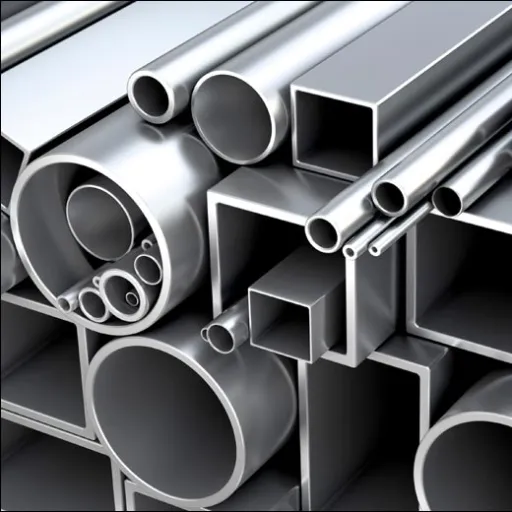
Key Projections for 2025:
- Market Size: Continued growth trajectory toward $163 billion by 2030
- Regional Leadership: Asia-Pacific maintaining dominance with 50%+ share
- Technology Adoption: Increased EAF and hydrogen-based production
- Sustainability Focus: Green steel market expansion at 12-14% CAGR
- Price Stability: Moderate fluctuations with gradual upward trend
Reference Sources
- Fastmarkets
- Title: Stainless Steel Price Forecast 2025 – Global & Regional Market Analysis (Asia, Europe, US)
- Key Insights: This source provides detailed analysis on stainless steel price trends, regional market dynamics, and factors influencing the global market, such as raw material costs and trade policies.
- URL: Fastmarkets
- Global Info Research
- Title: Global Stainless Steel Target Market 2025 by Manufacturers, Regions, Type, and Application
- Key Insights: This report focuses on market segmentation, growth drivers, and challenges, with a detailed breakdown by region, type, and application. It also highlights technological advancements and sustainability trends.
- URL: Global Info Research
- The Business Research Company
- Title: Stainless Steel Global Market Report 2025
- Key Insights: This report covers market size, growth forecasts, and trends, including the impact of tariffs and trade wars. It also provides insights into major players and regional market shares.
- URL: The Business Research Company
Frequently Asked Questions
What is the Stainless Steel Industry Size Projection for 2025?
The stainless steel industry is projected to continue its robust growth trajectory, with the market moving toward the $163 billion target by 2030. Demand remains strong across infrastructure development and consumer goods sectors, with significant growth trends ensuring sustained expansion throughout the forecasted period.
How will stainless steel price fluctuations affect the 2025 market forecast?
Stainless steel price trends will continue to reflect volatilities in raw materials like nickel and chromium. These price variations will intersect with market dynamics, requiring both end-consumers and producers to adapt to evolving cost structures while maintaining competitiveness.
What regions will be key markets for stainless steel in 2024-2025?
Key markets include Latin America, Africa, and Asia, with major producers like Nippon Steel Corporation, JFE Steel Corporation, and Tata Steel contributing significantly to growth. Regional insights indicate steep demand increases in these emerging markets.
What types of stainless steel will dominate the market through 2025?
Austenitic stainless steel and duplex stainless steel are positioned to dominate due to their superior corrosion resistance and wide-ranging applications. Increasing demand for specialty stainless steels also indicates evolving consumer preferences toward high-performance materials.
How will the industry address ongoing supply chain issues?
The stainless steel industry will enhance supply chain efficiency through production capacity management and strategic partnerships. Addressing supply chain disruptions will be crucial to meeting the increasingly higher global demand for stainless steel products through 2025 and beyond.

